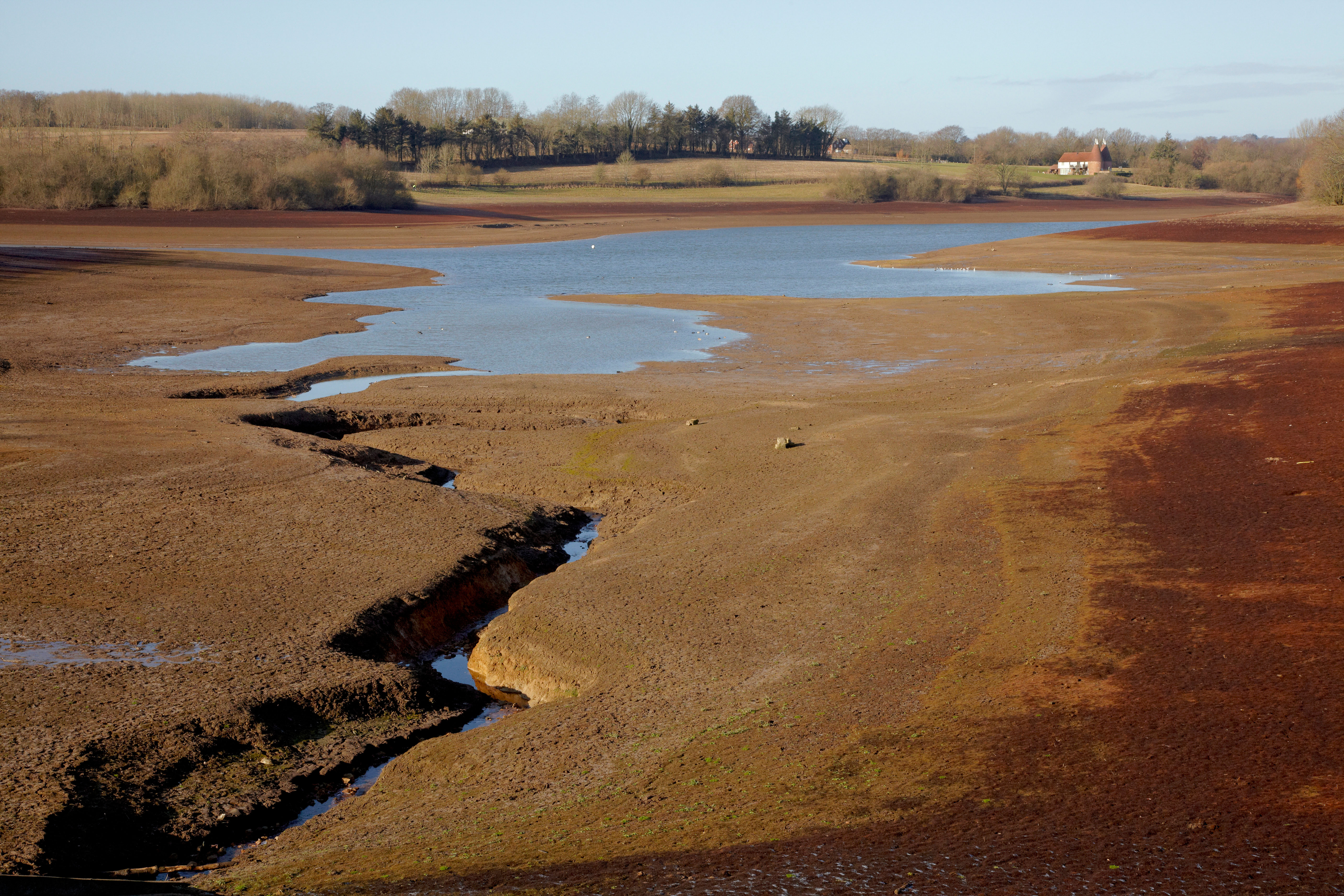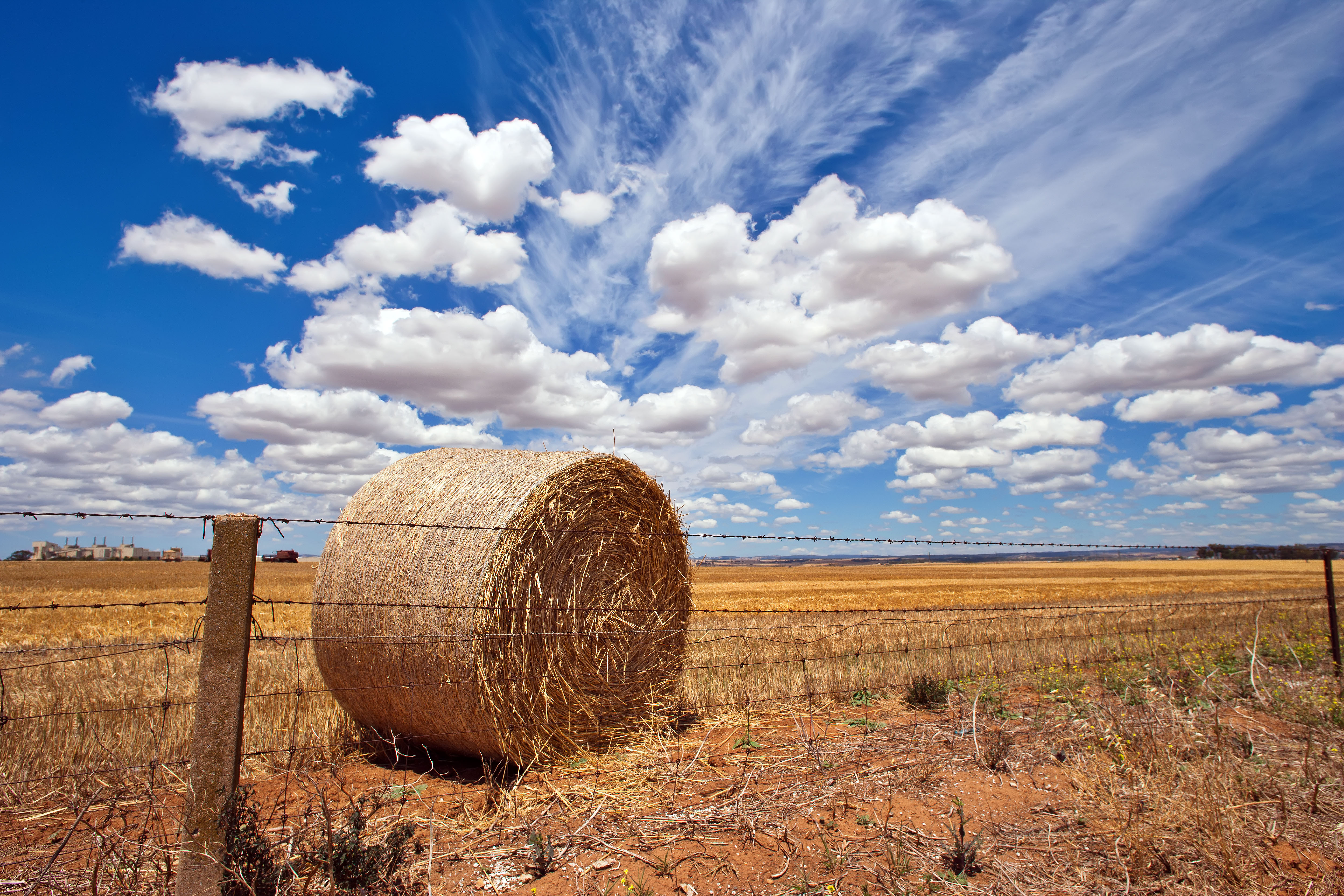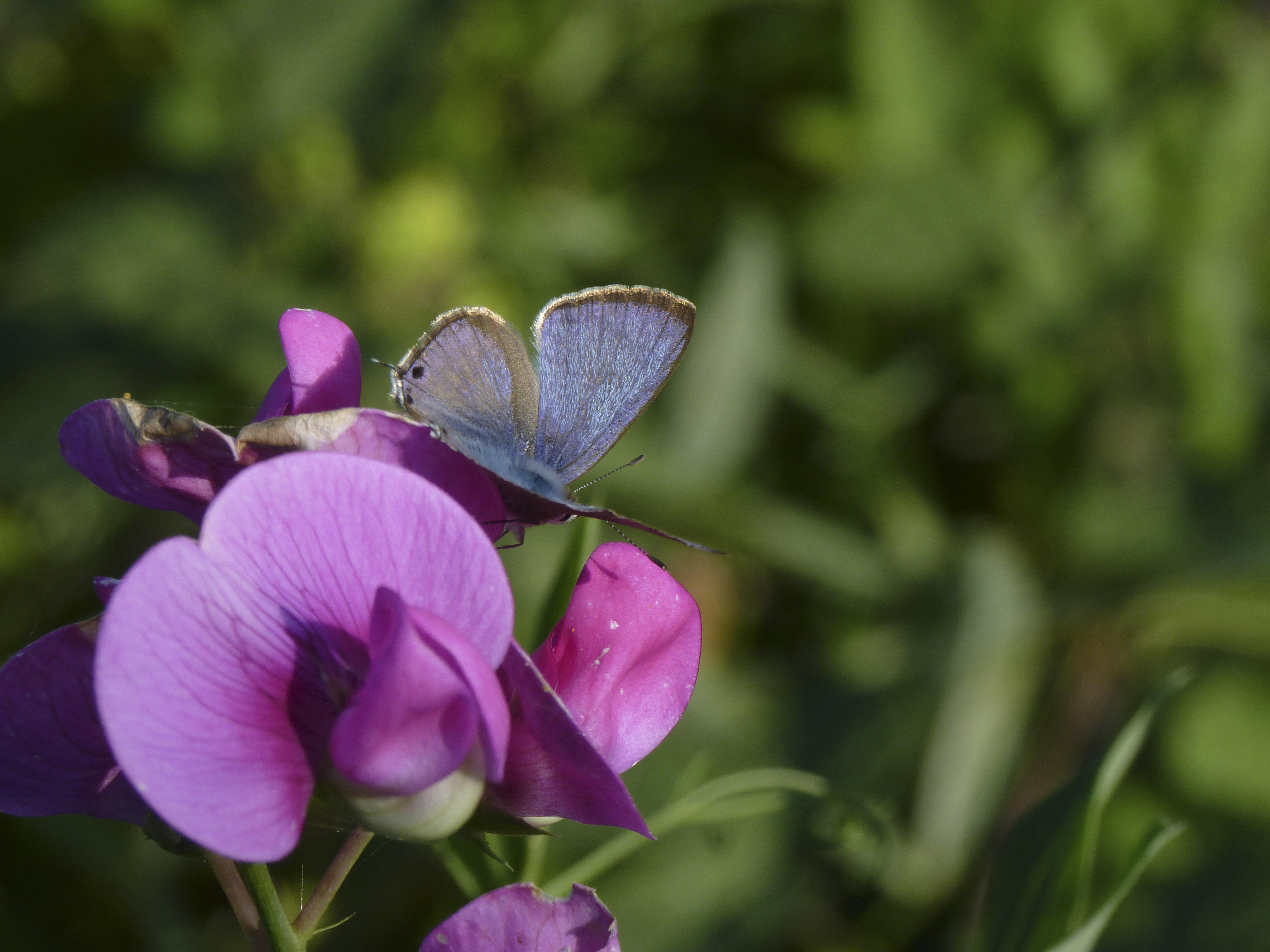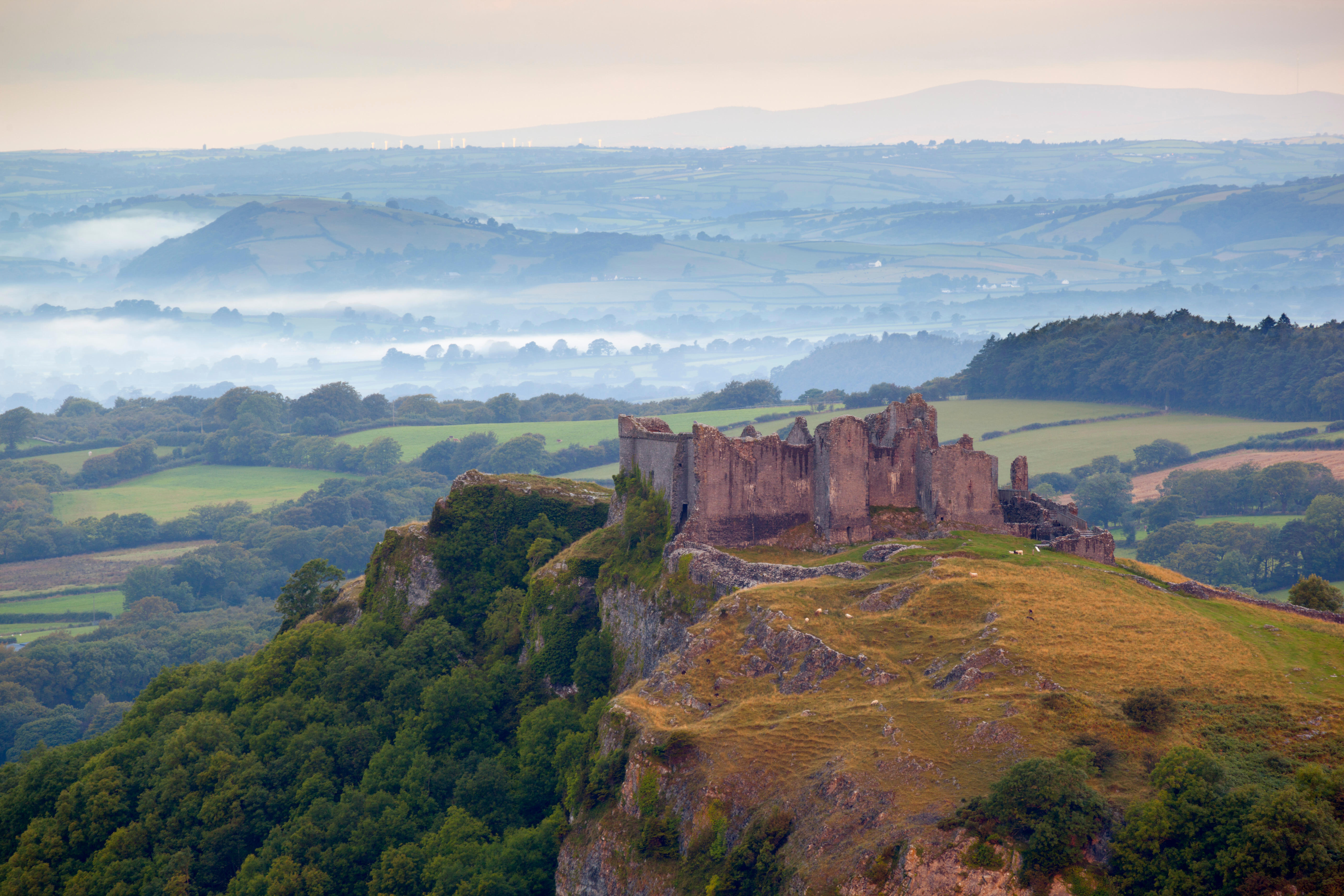The end of arable farming in the Garden of England? South East 'could become too hot and dry' to grow crops
A new study by the Met Office and the University of Exeter found that rising temperatures and reduced rainfall could turn the fertile lands in the South and East of England into drier grasslands only suitable for grazing.


Rising temperatures could change the face of South and Eastern England. If carbon emissions are not cut significantly, the planet could warm by up to 4°C or 5°C and this, warn scientists from the Met Office and Exeter University, could have a devastating effect on some parts of the country.
The Met Office’s UK Climate Projection documents, which was last updated in September, show that, on average, the UK will experience warmer, wetter winters and hotter, drier summers, with less frequent but more intense rainfall.
Importantly, however, the impact of global warming wouldn’t be uniform across all regions, with some areas seeing greater extremes than others. For example, in a high emission scenario, central England could be up to 57% drier in summer, while Northern Ireland would ‘only’ be 38% drier, with temperatures rising by up to 5.8°C and 4.9°C respectively. Conversely, in winter, central England could be up to 33% wetter and 4.2°C warmer, with Northern Ireland seeing increases in rainfall and temperature of 25% and 3.9°C.
Now a new paper published jointly with the University of Exeter, and reported on in The Times, suggests that if emissions grow unchecked, by 2100, prime agricultural counties like Kent, Suffolk, Norfolk and even Lincolnshire could become too dry to support agriculture in its current form.

Temperatures that are up to 5°C higher are ‘predicted to cause farmers to abandon arable farming in southeast Great Britain,’ scientists write in the study.
Supporting arable farming would require a massive irrigation effort with water conveyed from wetter parts of the country, such as Scotland. Without that, the hitherto fertile counties would turn into grassland that can only support sheep and cattle.
All would not be lost for British agriculture, however. With climate change having a different impact on other areas of the UK, traditional arable farming would shift further north and west. Stretches of Cornwall, Devon, Wales and Scotland, which are now primarily grazing land, would become suitable for growing crops and turn into the country's new agricultural heartland.
Exquisite houses, the beauty of Nature, and how to get the most from your life, straight to your inbox.

Country Life Today: Summer's most beautiful invader, and farewell to the model of the 21st century Duke
Today's round-up features wonderful news from a Somerset farm, a two-week project to clean-up the Cerne Abbas Giant and the

Country Life Today: The man who tried to buy a field, and accidentally ended up with a 13th century castle
This morning's news round-up looks at what must be one of the most extraordinary boundary mix-ups in history, finds out

Credit: Alamy Stock Photo
Country Life today: Eagles spell trouble, the cheapest Cotswolds cottage and an underground farm
In today’s round-up we bring you news of sea eagles arriving in England, a charming Cotswold cottage for £12,000 and
Carla must be the only Italian that finds the English weather more congenial than her native country’s sunshine. An antique herself, she became Country Life’s Arts & Antiques editor in 2023 having previously covered, as a freelance journalist, heritage, conservation, history and property stories, for which she won a couple of awards. Her musical taste has never evolved past Puccini and she spends most of her time immersed in any century before the 20th.
